Situated on the banks of river Sabarmati, Ahmedabad is located on the western side of India in the state of Gujarat. The old city lies on the east side of the Sabarmati River and used to be surrounded by a 10km-long wall, of which little now remains except 15 formidable gates standing as forlorn islands amid swirling, cacophonous traffic. The new city on the west side of the river, nearly all built in the last 50 years, has wider streets, several major universities, and many middle-class neighborhood.
Ahmedabad city has witnessed the rule of different dynasties, right from Sultanate and Mughal rule to Maratha and British rule. Thus, the history of Ahmedabad, India is very rich. Ahmedabad was the former capital city of Gujarat. During the freedom struggle of India, it served as the home of many prominent nationalist leaders like Sardar Patel and Mahatma Gandhi.
Ahmedabad (also called Amdavad, Ahmadabad or Ahemdavad) is Gujarat’s major city and a startling metropolis with a long history, many remarkable buildings, a fascinating maze of an old quarter, excellent museums, fine restaurants and fabulous night markets. Yet the old-world charm is all but swamped by 21st-century traffic, crowding, pollution and the usual extremes of wealth and poverty. Many travellers stop off briefly en route to Rajasthan or Mumbai, sneaking in a visit to Sabarmati Ashram (Gandhiji’s former headquarters). You need a little stamina to get to know the city better, as it’s quite spread out and moving around can be a bit of a task.
Tourist Destinations :
Hutheesing Jain Temple
This remarkably elegant temple created out of white marble has been sacred to many Jain families, generation after generation. It was built by a rich merchant Sheth Hutheesing at an estimated cost of 10 lakh rupees as a dedication to the 15th Jain tirthankar, Shri Dharmanatha. Traditional artisans working in stone belonged to the Sonpura & Salat communities.
The temple is spread over a sprawling courtyard, a mandapa surmounted by a large dome, which is supported by 12 pillars. The small garbhagruh (main shrine) on the east end reaches up into three stunningly carved spires and encircled by 52 small shrines dedicated to the various Tirthankars. There are large protuding porches with magnificently decorated columns and figural brackets on three outer sides. Also a recently built 78 ft Mahavir stambha (tower) fashioned after the renowned tower at Chittor in Rajasthan, flanks the outer courtyard by the front entrance.
Gandhi Ashram
A small museum that includes excellent pictorial and written documentation, a library of Gandhian literature and paintings, and an immense archive of letters written by Gandhiji. The grounds include the Hridaykunj, Gandhiji’s sparse living quarters, Vinoba-Mira Kutir, where Vinoba and Mira each stayed on separate visits, a prarthana bhumi, a guest house and a building used as a training center for cottage industries, all preserved as part of the museum. The grounds are open from sunrise to sunset, but the best time to visit these grounds is early morning, as the sun rises over the river, and people are in a meditative spirit.
Tucked away on one side is also Manav Sadhna, a non-profit Gandhian organization dedicated to seva. Many of the people who work or volunteer in the group live in the ashram, which actually covers a lot more than just the preserved memorial grounds. Across the road is a whole residential neighborhood of families, many of which have elders who worked alongside Gandhiji, and have the history of the movement built into their houses, inevitably reaching the younger generations. In the rest of the Ashram is the Environmental Sanitation Institute, an organization that addresses waste-related diseases and ecologically minded sanitation, Kalam Kush, where beautiful hand-made paper is made, as well as spinning wheels and other equipment, three khadi stores, and most recently, a khadi weaving workshop to re-educate people about the concept, revive the activity after decades of lull following Gandhiji’s move to the Ashram.
Manek Chowk
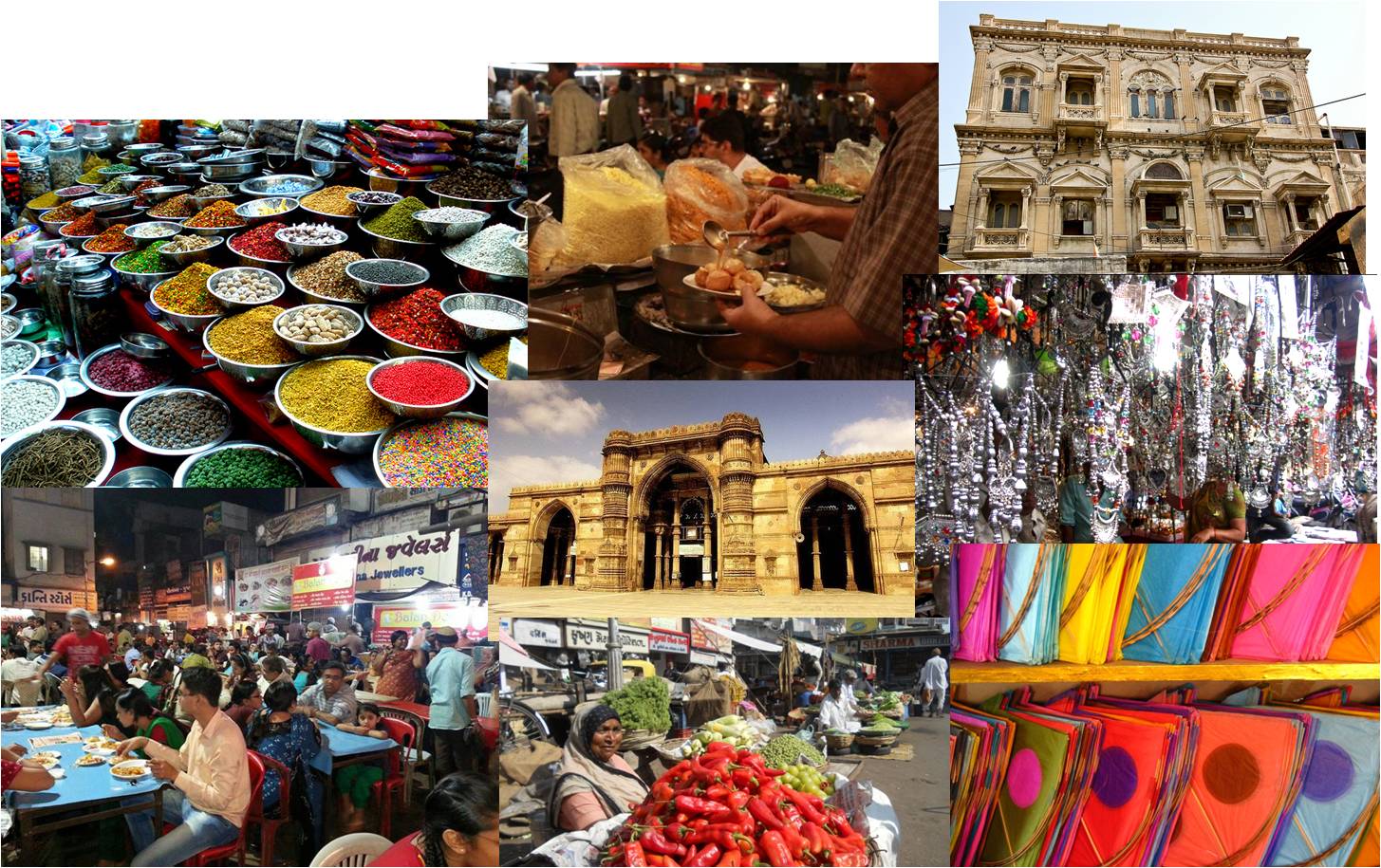
This bustling open square near the center of the city functions as a vegetable market in the morning and a jewellery market in the afternoon, the second biggest in India. It is most famous, however, for its food stalls that start to emerge around 8 in the evening, with various local street snacks and goodies.
Swaminarayan Temple
The temple is carved in Burmese teak, and every arch and bracket is painted with bright colors, a defining characteristic of Swaminarayan temples everywhere. There are several idols installed by Swaminarayan himself, as well as a display of some of his personal items and sculptures. In the adjoining haveli, there are quarters for pilgrims of the sect, a special section for women, and an area where ceremonies and teaching sessions are held for women only. It is a splash of color in the midst of the city’s grey and is also the starting point for the Heritage Walk through the pols of the old city.
Dada Harir Vav
In the Asarwa village, northeast of the walled its between a sleepy residential area and the coal yards of Ahmedabad on a little side street, one will find Dada Harir Vav. At ground level one may not see much, but as one step up to the top of the stairs, one suddenly sees a deep cascade of stairs and columns plunging down several stories, with shafts of light falling on beautiful carvings and birds and bats flitting in and out of the shadowy corners.
For many years this well provided most of the water for the city during the long dry seasons. The well is best visited in the late morning when light penetrates down the shaft. To reach the site, it is best to find an autorickshaw driver who knows the place to take you there. Buses come nearby, but then it can be quite roundabout to find it on foot.
Vishala

The minute one enter Vishala, it feels that one is transported into the heart of a Gujarati village. As one walk through the open farm land and breathe the clean air from the trees around, one is greeted by men in turbans and dhotis. One have signed up for a rural experience on the periphery of the Ahmedabad city.
The air smells sweet of lobaan (smoked charcoal). A world is created out of mud huts, machaans (huts built on raised bamboo stilts), adorned with typical Gujarati colours and design motifs. The atmosphere resonates with the performances of folk musicians and dancers who will invariably entice you to join them. The puppet show under the stars takes children on a high. The ethnic Gujarati food served on leaf plates and pottery is a full throttle plunge into the old world charm of Gujarat.
Hussain Doshi’s Gufa
Popularly known as Amdavad ni Gufa. If one is looking for a quiet refuge in the midst of this bustling city, which is surrounded by trees, art and fantasy, than a visit to this underground cave gallery will do good. It is a fusion of modern art and natural design with interconnected domes inlaid with mosaic tiles. Sit here to watch the sunset or enjoy a cup of coffee. This space also houses an art gallery by the same name and becomes a nourishing hub of creative exchange.
Mahudi Jain Temple

This derasar, considered to be one of the most sacred Jain pilgrimages, is situated in Mahudi, Mehsana District. Ghantakarna Mahavir Dev is considered to have miraculous powers. Thousands of Jain devotees, as well as devotees from other backgrounds, come to receive blessings from this idol.
Ghantakarna Mahavir was a Kshatriya (warrior) king named Tungabhadra in his previous birth and considered to be the protector of the less fortunate. So even today his idol carries his weapons a bow and arrow. It is always said that in his previous birth he was very fond of sukhadi, and so there is a tradition of all visitors offering sukhadi to him during the prayer. However, it is believed that the sukhadi should be consumed or donated before leaving the premises, otherwise it might bring bad luck.
Next to this shrine is a bell on a height of about 30 feet and devotees climb up to ring it and ask for the fulfillment of a wish. In this vicinity there is another larger temple with a 22-inch marble idol of Bhagawan Padmaprabhu sitting in padmasana (lotus) posture, installed by Acharyadev. It is customary to take a bhoomti (circumambulation) around the 24 shrines of the tirthankaras here.
Sardar Patel Museum
This national museum is housed in the Moti Shahi Mahal in the Shahibaug area. The great Bengali poet Rabindranath Tagore stayed here when he was only seventeen years old and this building served as an inspiration behind his story The Hungry Stones. After the Indian independence, this palace became the Raj Bhavan, official residence of the Governor of Gujarat. On March 7, 1980, a memorial was founded to honour Sardar Vallabhbhai Patel.
Surrounding is an open garden, dotted by peacocks and monkeys around the trees. On special occasions documentary films are shown at the Sardar Open Air Theatre. A small statue of Sardar Vallabhbhai Patel rests dignified at the entrance of the museum. The museum traces his life through pictures, portraits, biographical descriptions, political cartoons, clippings from newspapers, quotes from people who knew him, personal possessions from his life. It also illustrates the time he spent with Gandhiji through pictures and stories.
Kankaria Lake
A lake almost a mile in circumference was constructed by Sultan Qutb-ud-Din. In the centre of the lake is an island-garden with a summer palace known as Nagina Wadi. The lake is now a popular recreational centre and is surrounded by parks, ‘Bal Vatika’, children’s gardens, a boat club, natural history museum and a zoo.
Law Garden
It is filled with a large number of shops selling handicraft items and Indian delicacies that are worth going for. The market is known for its collection of textiles and white metal jewels. All this makes the garden a popular place to hang out, especially amongst the younger generation. Shopping in this market of Ahmedabad is a happening one. It sells numerous handicrafts items such as cane items, wooden items, traditional Indian clothes and others. Foreigners usually visit the market for the Indian handicrafts sold here by the local people.
The Adalaj Stepwell
Set in the quiet village of Adalaj, this vav has served as a resting place for hundreds of years for many pilgrims and caravans along their trade routes. It was built by Queen Rudabai. This five-storey stepwell was not just a cultural and utilitarian space, but also a spiritual refuge. It is believed that villagers would come everyday in the morning to fill water, offer prayers to the deities carved into the walls and interact with each other in the cool shade of the vav. Direct sunlight does not touch the flight of steps or landings except for a brief period at noon. The atmosphere inside the well is six degrees cooler than outside. It is the only one with three entrance stairs. All three stairs meet at the first storey, underground in a huge square platform, which has an octagonal opening on top.
The vav is a spectacular example of Indo-Islamic architecture and design. All the walls carved by ornamentation, mythological scenes along with everyday scenes of women churning buttermilk, dancers accompanied by musicians, women adorning themselves and a king sitting on a stool. Fascinating to many visitors is the Ami Khumbor (a pot that contains the water of life) and the Kalp Vriksha (a tree of life) carved out of a single slab of stone. There is a belief that the small frieze of navagraha (nine-planets) towards the edge of the well protects the monument from evil spirits.
Science City
It is located off the Sarkhej Gandhinagar Highway. It is an ambitious initiative of the government of Gujarat to trigger an inquiry of science in the mind of a common citizen with the aid of entertainment and experiential knowledge. The idea is to create imaginative exhibits, virtual reality activity corners, and live demonstrations in an easily understandable manner.
Indroda Nature Park
Indroda Dinosaur and Fossil Park is a precious treasure spread over the bank of Sabarmati river in Gandhinagar, the capital of Gujarat. It is considered to be the second largest hatchery of dinosaur eggs in the world. Regarded as India’s Jurrasic Park, it is run by the Gujarat Ecological Education and Research Foundation (GEER), and is the only dinosaur museum in the country. The park consists of a zoo, massive skeletons of sea mammals like the blue whale, as well as a vast botanical garden, amphitheatre, interpretation center and camping facilities. It also has a Wilderness Park which is home to innumerable species of birds, reptiles, hundreds of nilgais, langurs and peafowls in its vast forest.
Akshardham Temple

On seeing the monument one feels that a tremendous amount of human effort and energy has gone in its making. The other power behind it is that of the leader, one who has inspired and mobilized the energies of so many for so great and difficult a task. The wonder of all this – equally standing on level with the beauty of the monument – is that neither the volunteers nor the leader, Pramukh Swami Maharaj, claim the honor of this creation. Probably this rare mixture – the monument and the selflessness of the Guru and disciples – is one reason why people are impressed and inspired.The creation of Akshardham is a milestone event in the annals of Indian history. Time will stand testimony to this great marvel. This great monument of Indian Culture is not a topic of dialogue alone but more so of experience. Seeing is Believing.
River Front
The Riverfront Development reclaims the banks of the Sabarmati, making the entire stretch of river publicly accessible. The project provides more than ten kilometers of uninterrupted pedestrian promenade on each bank and public ghats for direct access to the water.
Auto World

“Auto World” is a part of one of the most important collections of Antique Vehicles, Cars, Motorcycles, Utility Vehicles, Buggies etc. built by one family over the last century. It showcases that time of history when an automobile was not a mere means of transport but a symbol of wealth, power & style.
Facilities include an auditorium & souvenir shop, a cafeteria & station for fun drives in vintage cars. Witness the triumph of human creativity-the best of science & technology combined with sublime Art & Aesthetics – All at “Auto World” the largest and finest Automobile collection of India & one of the best in the world.
CUISINE
It is a paradise for food lovers. The typical Gujarati thali that is served in the restaurants consists of real mouthwatering dishes. The cuisine of Ahmedabad, India has a peculiar taste. A different kind of sweet flavor is prevalent in almost all the food items. It mainly consists of vegetarian dishes. However, non vegetarian delicacies are also available in the restaurants.
Gujarati meal usually consists of rice, bread, rotli and vegetable curry called ‘Shaak’. Different kinds of breads are served in the meal such as rotli, thepla, maal purah, puri, bhakhri, and puran-pohli. For snacking, the people of Ahmedabad usually have Ghari and Khakhra. The people out there make an extensive use of ghee in preparing their meals.

There are many Gujarati dishes that are relished not just by the Gujarati community, but by the people of all communities. To name a few, we have dal-dhokli, chevdoh, Dhokla, undhiyu, bhusu, jalebi – fafda with amdavadi kadhi, dhokli, papdi, and Sev mamra. The meal is usually accompanied by a dessert.
Jasuben’s Pizza comes from simple innovation that caters to the Gujarati taste buds, sweet and spicy topping of tomato sauce and crispy buscuity base. Its so different from the regular pizzas that one gets at the regular multinational Pizza outlets.
The cuisine of Ahmedabad is a blend of several flavors. The food of Ahmedabad is so lip smacking & yummy that it will make you fall in love with it.
– HINAL SHAH



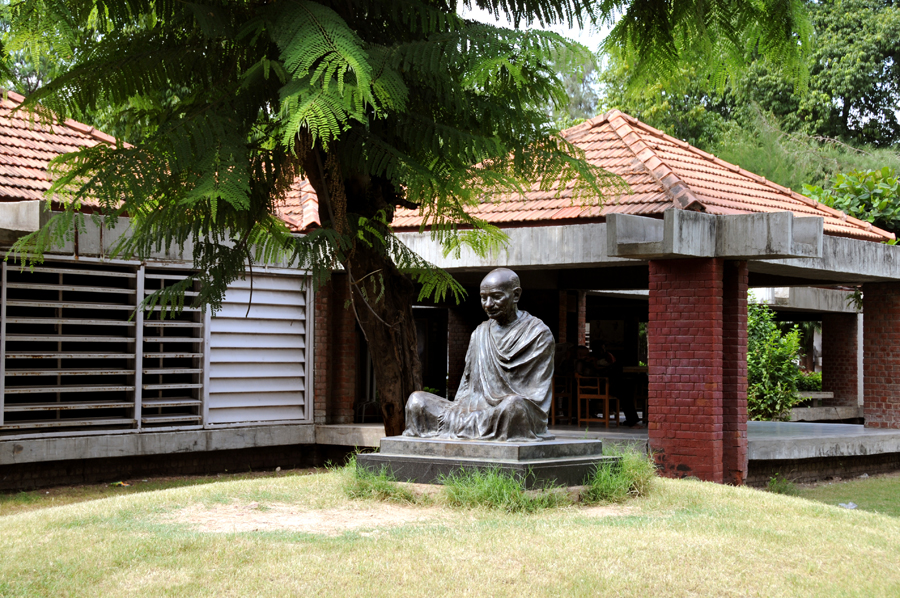

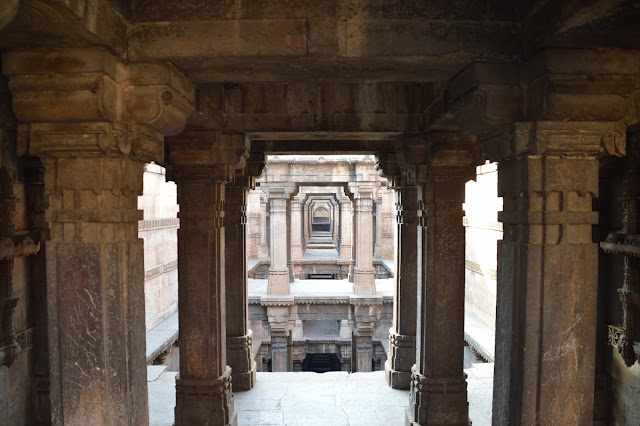




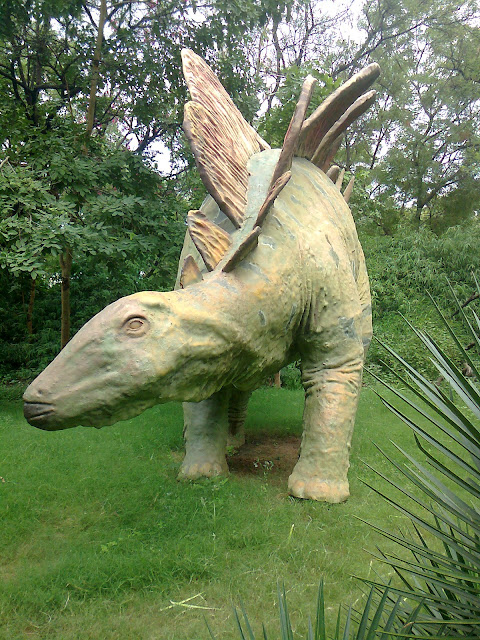


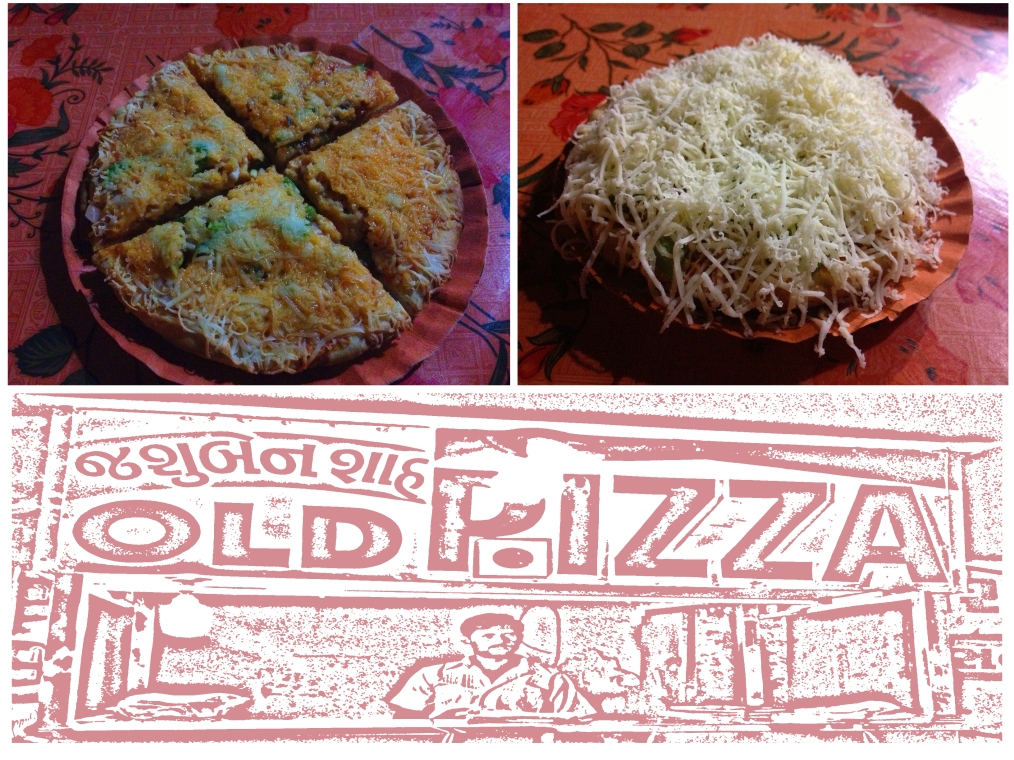

One Comment